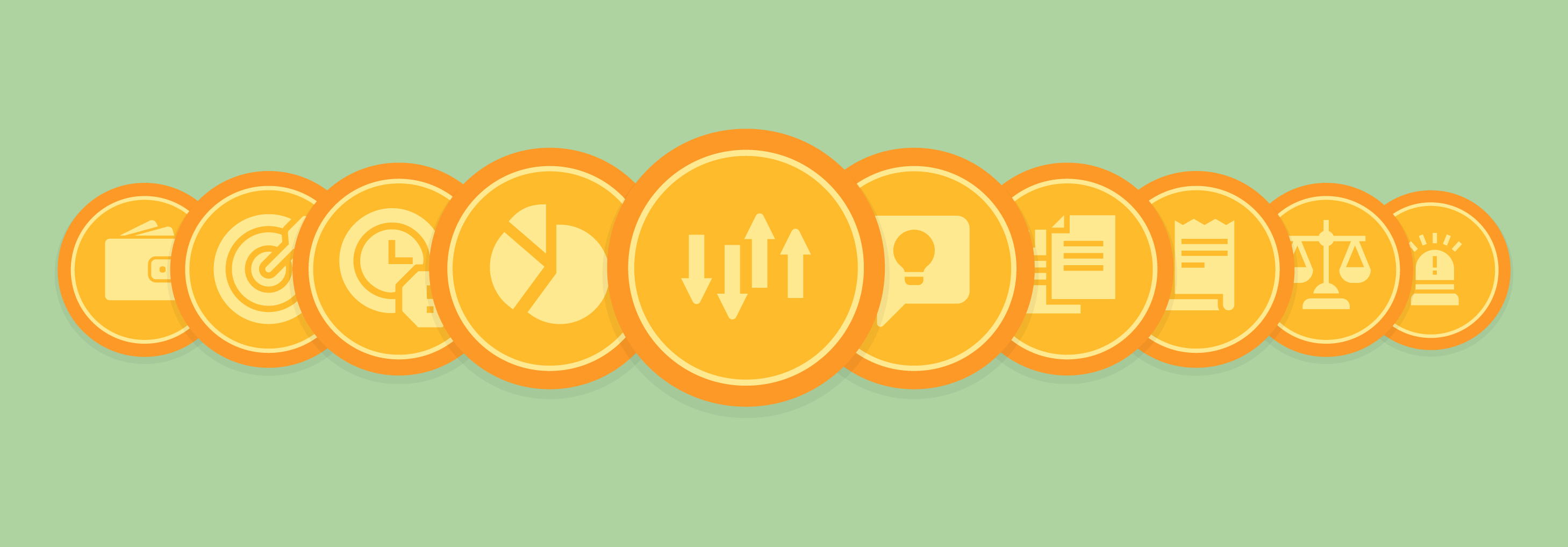Dussehra, also referred to as Vijayadashami, symbolises the victory over 10 evils in our lives. With the growing significance of financial markets in India, it is important to break the 10 bad investing habits that are most common among investors.
- Spending lavishly before saving and investing
Keeping aside money for future purposes is referred to as savings, and channelising these savings for buying instruments such as stocks, bonds, mutual funds, real estate, and fixed deposits is referred to as investments. Spending lavishly without thinking about future needs is the surest way to invite financial trouble. It is very important keep allocate part of your income towards saving and investment to cover the needs arising from changes in future income and lifestyle expenses.
- Investing without financial goals
Many investors invest without thinking about a specific goal. As a result, they end up investing the wrong amount or in the wrong asset classes. Making a financial plan with clear goals and objectives is always recommended before starting to invest in various instruments. Prioritize your goals and decide the timeframe for achieving them to ensure that you have the desired amount for meeting your future needs.
- Procrastinating on investments at a young age
Starting to invest early in one’s career is a cardinal rule of investing, because it helps grow the investment significantly through the power of compounding. Not giving enough time for your investments to grow often leads to sub-optimal returns on investment and insufficient funds in times of need. Thus, it is always a good idea to begin investing regularly from a young age. Remember, procrastination can cost you dearly in the long run.
- Having a concentrated portfolio
Keeping all eggs in one basket, i.e. a concentrated portfolio is risky and makes your investments more susceptible to volatility. Thus, it is crucial to carefully allocate your investments in various asset classes, securities, and sectors. This strategy—also referred to as diversification—helps you achieve healthy returns over the long term and to safeguard your investment portfolio.
- Borrowing money to invest
No matter how good the economic outlook of a country is, the returns on variable income-assets cannot be predicted correctly all the time. While investments made with borrowed money can reward you when the stock markets are rising, they can punish you severely when the markets fall. This is because, the equated monthly instalments (EMIs) on the borrowed money is always certain but return on investments are not. Thus, it is more prudent to make investments from your own savings rather than depending on borrowed money.
- Relying on unverified and false tips/recommendations
Always invest your hard-earned money in financial products with good fundamental attributes rather than buying on random tips and unverified claims. Investors getting attracted to quick trading gains from random tips often end up losing their money.
- Assuming past performance of an asset is an indicator of future returns
Focusing only on the past returns for upcoming investments is a wrong approach to construct an investment portfolio. Just because a particular instrument has performed well in the past, doesn’t mean it will generate the same returns in the future. Present performance of an asset depends on several factors like the nature of the asset, market conditions, and overall economic scenario.
- Ignoring the investment fees/commission
Regrettably, investors often ignore costs related to investments as they are confusing and unclear because of the jargon used. High fees and charges connected to investments can lead to more money flowing into the hands of your money managers and subsequently affects the performance of your investments. So, it’s always good to stay informed about the charges you are paying on your investments.
- Not rebalancing the portfolio with changing times
Financial markets are dynamic and ever-changing. An asset that was performing well a year ago, my not be doing so at present. Hence, rebalancing or adjusting your investment portfolio ensures that you generate optimal returns. However, this does not mean simply selling investments that are growing and buying more of the ones that are declining, although this is a faulty rebalancing approach followed by many investors. Rebalancing should be done with proper research and advice rather by knee-jerk reactions.
- Not having an emergency fund
Maintaining an emergency fund is perhaps the most important investment lesson that many investors learn the hard way. An emergency fund can help deal with life’s unexpected events such as job loss and medical emergencies. The money set aside for emergencies allows one to live for a few months or years depending upon the amount of savings one has accumulated.
A good investment decision today may not be so in the future, and therefore it is highly recommended to keep up with the latest information on your investment assets. It is also advisable to consult with SEBI-registered financial advisor to clarify your doubts related to your investments.
Disclaimer
The above article is purely academic in nature and aims to provide knowledge about basic investing concepts & should not be construed as an opinion or advice to invest or trade.
Investments in the securities market are subject to market risks; please read all the related documents and/or consult your investment advisor before investing.
Past performance of an investment asset does not guarantee future returns.
Companies mentioned in the article are purely for illustrative purposes and are not meant as a recommendation to buy or sell any security.



